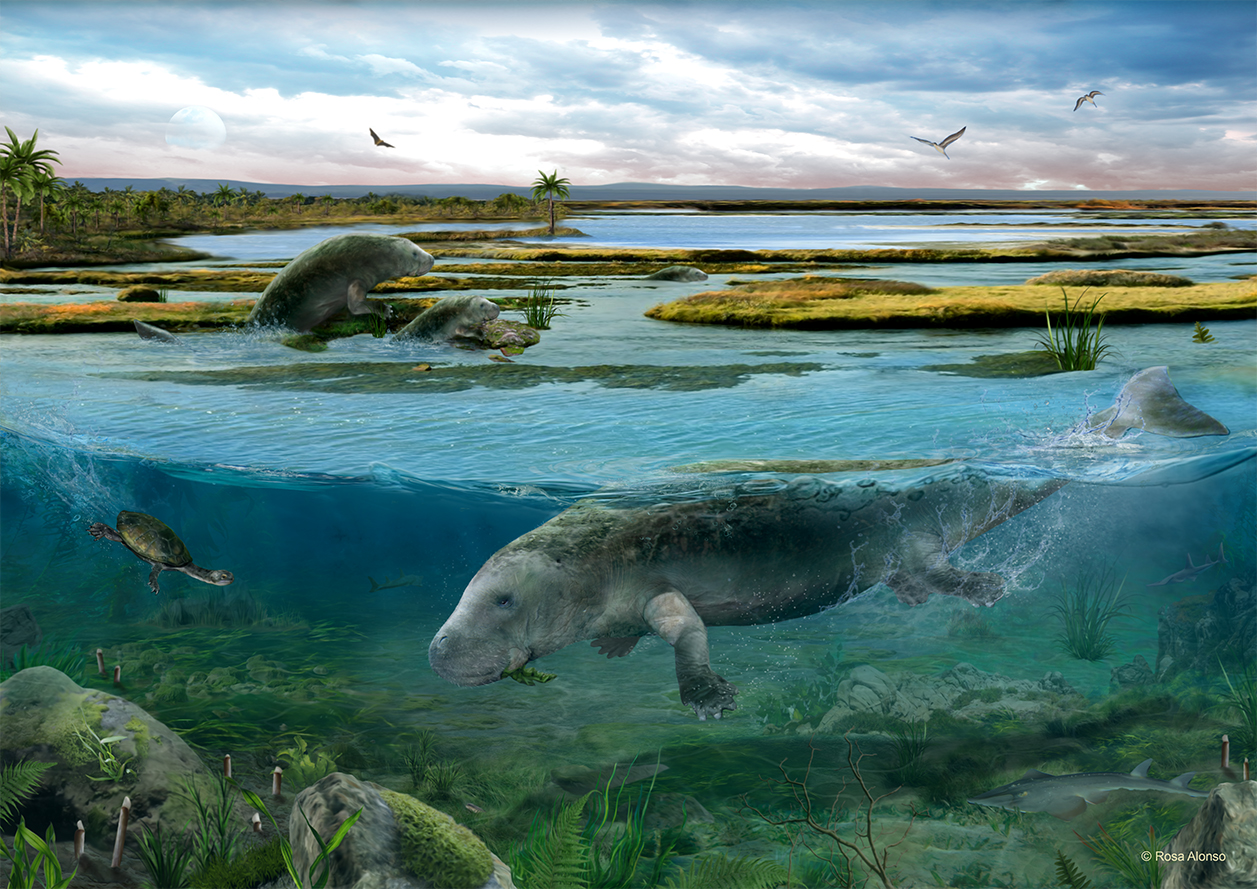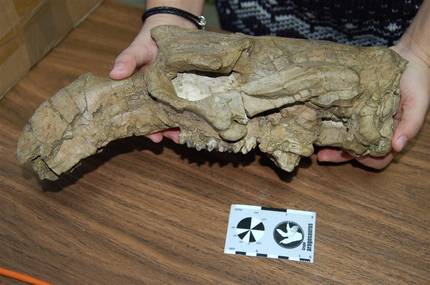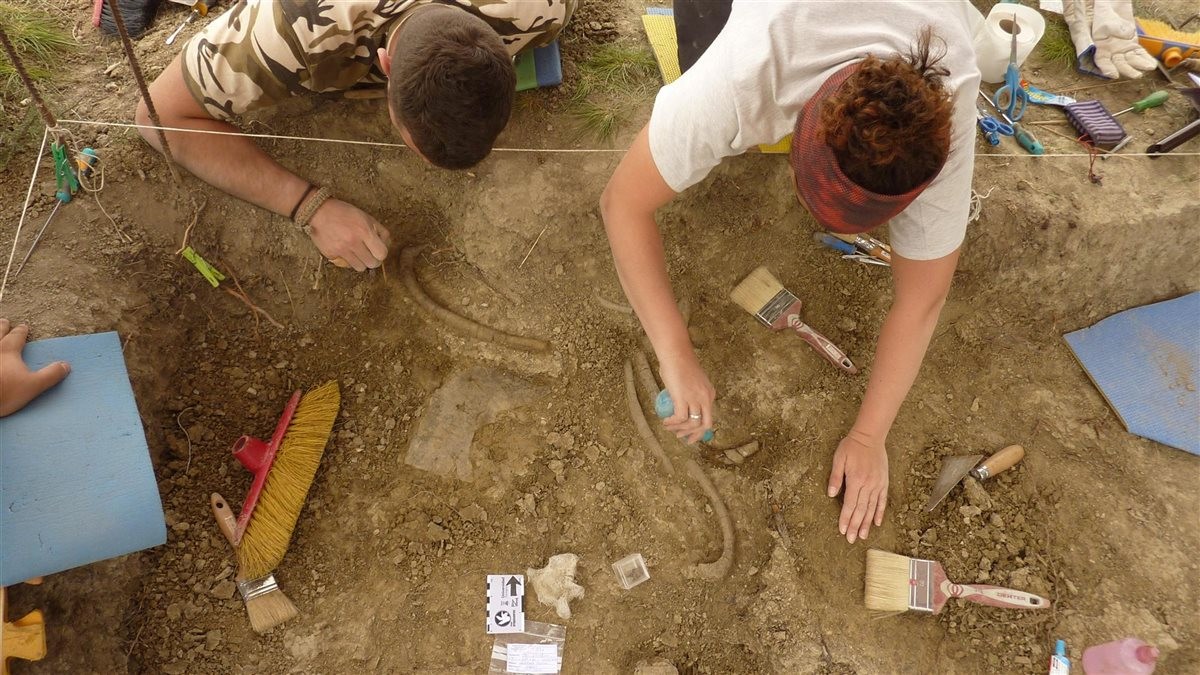Discover in the Pyrenees a kind of mermaid of 42 million years ago
2018/04/18 Agirre Ruiz de Arkaute, Aitziber - Elhuyar Zientzia Iturria: Elhuyar aldizkaria

In the Pyrenees lived the sirens 42 million years ago, in a coastal area. This was announced by researchers from the UPV, the University of Zaragoza and the Nova Lisboa University, based on the Sirenic bones found in the Sobrarbe geopark in Huesca. There have been found 300 Sirenic bones that have been shown to correspond to a kind of siren unknown so far.
Sobrarbesi's cardiel is called and reported in the journal Scientific Reports. It is the oldest mermaid in Western Europe, where almost all bones of the animal skeleton have been found, corresponding to at least 6 individuals, including adults and young people.
The present sirens are manatees and from us. They evolved from terrestrial herbivorous mammals to fully aquatic animals, such as whales, seals and dolphins. They are called “sea cows” in several languages because they feed on shallow seagrass meadows.
The new Syriac species found is very primitive, since it still had four legs (without losing the two rear). In this way, the discovery can be useful to know how the first steps of the evolution of the sirens were taken and, above all, how the path to the water was made.
Fossil remains of the vegetation of the time and turtles, crocodiles, sharks and other animals have been found at the same site. Thanks to them they have been able to know how the habitat was then: apparently it was the mouth of a delta of tropical climate and abundant vegetation.
In 2009, the Sobrarbe site was studied under the direction of Ainara Badiola Kortabitarte, UPV researcher. Badiola said that although this fossil mermaid from Huesca has been the most important discovery, other fossil sirens of the Eocene have also been found in Navarre.

Gai honi buruzko eduki gehiago
Elhuyarrek garatutako teknologia







